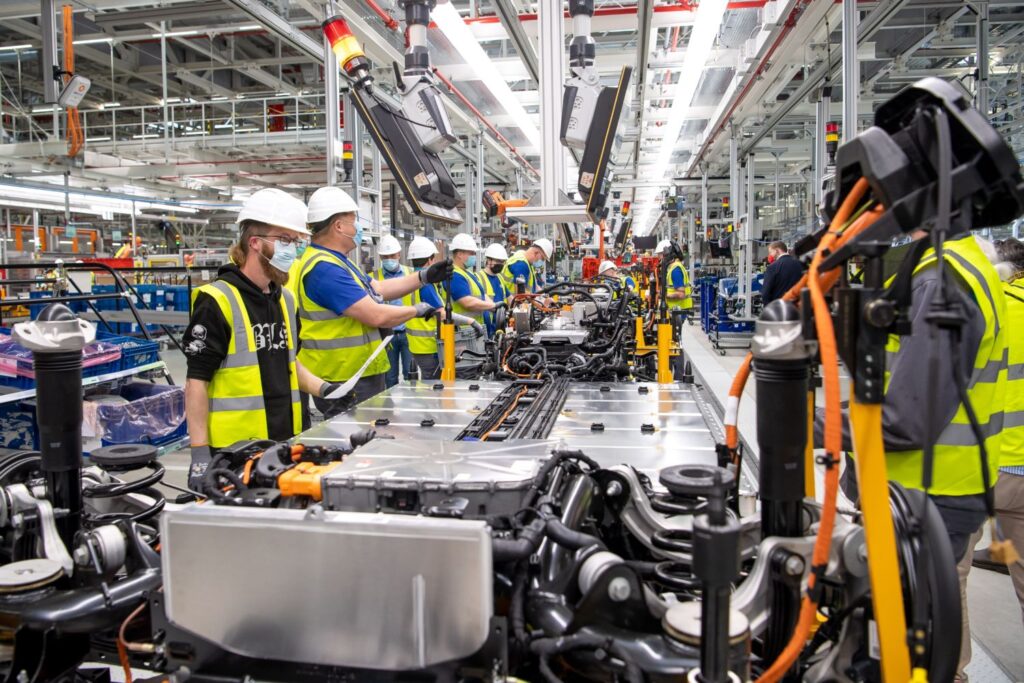The passenger cars industry worldwide is going through an interesting phase – from trying to settle down in a challenging post-COVID scenario to planning for the mobility of the future.
On one hand companies are trying to regain the pre-COVID sales and market share and on the other they have to develop alternate forms of technologies (electric, hydrogen, …) to meet norms for a greener future.
Electric vehicle (EV) has been one of the most hotly discussed topics for alternate technology.
In India the scenario is pretty much the same with plenty of start-ups vying to set up the EV ecosystem with the big brands yet to follow with the same enthusiasm.
While there are on-going issues like absence of a nation-wide EV charging infrastructure (analogous to a petrol/diesel refueling pumps), setting up of battery swapping networks, commonality of battery charging points, etc. which are hindering widespread acceptance of EVs there is a bigger need to understand what direction the passenger car industry needs to take at least for the next 15 to 20 years.
In 2020 the Indian passenger cars sales was 2.4 million cars approx. Out of this electric 4-wheelers were 3000 (less than 0.5%). This low penetration can be attributed to various reasons some of which are mentioned above. If we do corresponding analysis of other markets like China, Europe and USA the scenario is different due to variety of reasons like better infrastructure, purchasing power, government incentives, etc. (please refer the table)
While the current worldwide penetration of electric cars is low however it is expected to significantly ramp up thanks to tightening norms like banning of fossil fuels in various countries in the near future.
BEV (battery operated electric vehicle) Vs PHEV (Plug-in hybrid electric vehicle)
It is understandable that the passenger car industry in India will have to follow the global trend in terms of implementing the EV technology. However, it is worth contemplating whether it should go for BEV or PHEV technology.
BEVs are electric vehicles running solely on battery whereas PHEVs are a combination of ICE (internal combustion engine) & battery. According to a PWC report in 2020 the sales of battery electric vehicles (BEVs) rose by 40% worldwide over the year, and plug-in hybrid vehicles (PHEVs) by 74%. BEV sales in Europe more than doubled in 2020, while PHEV sales grew more than threefold. Sales figures for plug-in hybrids increase by 248% year-on-year in 2020, followed by pure battery drives with 179%
In the current scenario it will be pragmatic for the Indian passenger car industry to consider developing good quality PHEVs (even if slightly higher priced than the ICE models) as these will address the current challenges (charging infrastructure, range anxiety, etc.), boost the existing ecosystem of manufacturers & vendors, achieve the environmental goals and most importantly help the country to lead the world in transitioning towards a better future.



